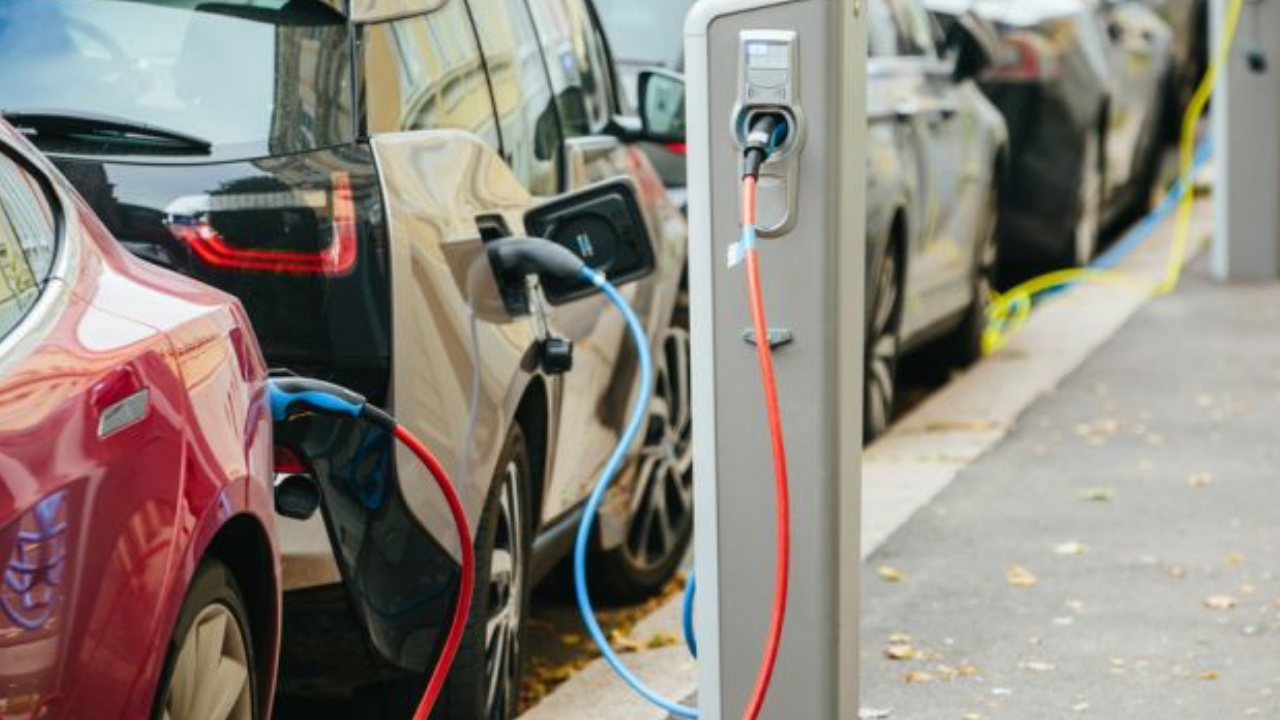Electrical machines drives and power systems are the backbone of our electrified environment in the intricate fabric of modern technology. These interrelated parts power the efficient conversion, distribution, and utilization of electrical energy. Electrical machines, which include motors and generators, are the workhorses that convert electricity into mechanical power and vice versa.
Drives with intelligent control systems regulate the speed and efficiency of this equipment, assuring peak performance. Power systems, which include transformers, grids, and transmission networks, make it possible to move electrical energy over long distances in an effective manner.
This electrical engineering triad underlies our daily lives, from the motors that move industrial gear to the lights that illuminate our homes. Understanding and developing electrical machines drives and power systems components is critical as we negotiate the challenges of a fast-evolving energy landscape to achieve a sustainable and efficient electrified future.
The Role of Electrical Machines in Advancing Energy Efficiency
Electrical machines play a crucial role in reshaping the landscape of power generation, transportation, and industrial activities in the quest for a sustainable and energy-efficient future. This article delves into the different ways that electrical machines foster energy efficiency breakthroughs, driving innovation and sustainability across a wide range of applications.
Electric Motors: The Workhorses of Efficiency
Efficiency in Motion
Electric motors, which can be found in anything from household appliances to industrial machinery, are well-known for their ability to transform electrical energy into mechanical motion. Electric motors are more efficient than traditional combustion engines, resulting in less energy waste in heat and sound.
Variable Speed Drives
One important feature of electric motor efficiency is the use of variable speed drives (VSDs). These systems enable motors to work at various speeds dependent on load requirements, ensuring that energy usage is in line with actual needs. This dynamic adjustment greatly improves efficiency, particularly in applications with variable demands.
Regenerative Braking in Electric Vehicles
Electric vehicles (EVs) in the transportation sector increase the efficiency of electric motors through regenerative braking. The motor functions as a generator when the vehicle slows or descends, transforming kinetic energy back into electrical energy. This regeneration mechanism not only increases overall efficiency but also increases EV driving range.
Generators: Transforming Mechanical Energy into Electricity
Efficient Power Generation
Generators, usually referred to as alternators, are the heart of power-producing systems. Mechanical energy, commonly obtained from turbines or engines, is converted into electrical energy by this equipment. Advanced generator designs and materials contribute to higher efficiency by converting a higher percentage of input energy into useful electricity.
Combined Heat and Power (CHP) Systems
CHP systems use generators to create energy while also capturing waste heat for heating or industrial activities in industrial settings and large-scale power plants. When compared to standard power generation systems that discard extra heat, this dual-use approach greatly improves overall efficiency.
Transformers: Facilitating Efficient Power Transmission
Minimizing Energy Losses
Transformers play an important role in electricity transmission and distribution networks. They improve the efficiency of electrical energy transfer by altering voltage levels. Higher voltage transmission lowers energy losses during long-distance transport, guaranteeing that a significant amount of the generated electricity arrives at its destination.
Smart Grid Integration
The use of transformers in smart grid systems improves energy efficiency even further. Smart grids use advanced monitoring and control technologies that allow for real-time changes in power distribution and voltage management. This adaptability improves the overall efficiency of the power grid.
Efficiency through Material Science and Design Innovations
High-Efficiency Materials
Material science advancements have played a critical role in increasing the efficiency of electrical machines. The use of high-efficiency materials, such as advanced alloys and superconductors, decreases resistive heating energy losses and improves the overall performance of generators, transformers, and electric motors.
Compact and Lightweight Designs
Modern electrical equipment is meant to be smaller and lighter without sacrificing performance. This progress adds to increased efficiency, particularly in applications where space and weight are crucial, such as electric vehicles and portable electronic gadgets.
Summary
The ongoing evolution of materials, design, and smart technologies guarantees that electrical machines not only satisfy current demands but also pave the way for a more energy-efficient and ecologically conscious tomorrow. As electrification, automation, and artificial intelligence continue to converge, the role of electrical machines in enhancing energy efficiency remains vital to the transformative path towards a sustainable energy future.

